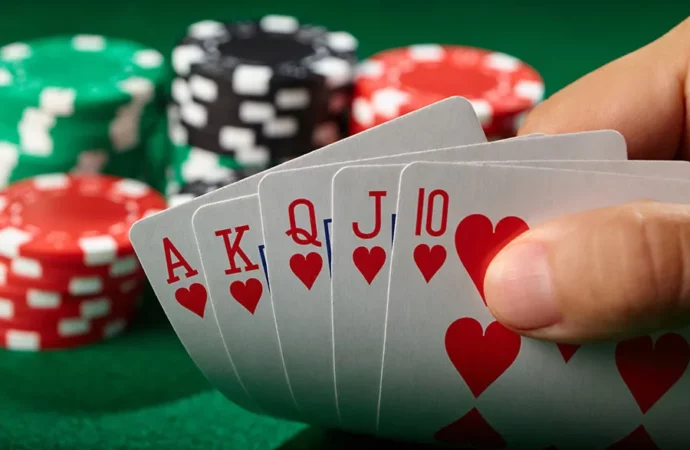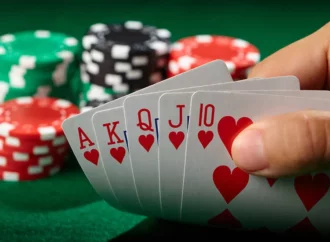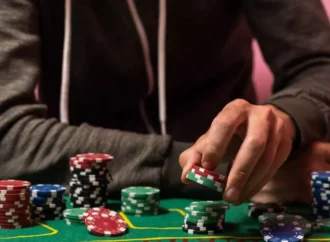In poker games, a “Poker Sequence” is the hierarchy of hands that determines the strength of a player’s hand over others. From highest to lowest, the usual order is Royal Flush, Straight Flush, Four of a Kind, Full House, Flush, and Straight, Three of a Kind, Two Pair, One Pair, and High Card. This sequence
In poker games, a “Poker Sequence” is the hierarchy of hands that determines the strength of a player’s hand over others. From highest to lowest, the usual order is Royal Flush, Straight Flush, Four of a Kind, Full House, Flush, and Straight, Three of a Kind, Two Pair, One Pair, and High Card. This sequence governs the result of poker games, with players competing to generate the best hand possible. Understanding this hierarchy is critical for good poker strategy and decision-making. In this post, we will look at the notion of a poker sequence in its numerous situations, providing a thorough grasp of how sequences work in poker.
What is a Poker game?
Poker games are played between players who hold their cards. The number of players ranges from one to any number that can be practically accommodated at the table. Here, each player attempts to maximize the value of their hand by obtaining as many matching cards as those of the dealer and other players in gambling for the pot or main money bet. They may have to discard some initial cards and obtain new ones while exchanging them with other players. Various types of popular poker games can be played online for real money.
What is Poker Sequence in Poker?
A poker sequence in Poker games refers to the hierarchical order of hands that determines the strength of a player’s hand relative to others in the game. Like any other hierarchy, it starts with the best hand at the top of the list: Royal Flush, Straight Flush, Four of a Kind, Full House, Flush, Straight, and Three of a Kind. The lesser in value are Two Pair and One Pair. Lastly, comes High Card and No Pair. Its rank value or numerical representation also determines the order between these hands.
Understanding the sequences that come into play in poker:
1. Hand Sequences:
Each poker hand contains two parts: the cards themselves and the order in which they are placed. The concept of hand sequences in poker is based on the belief that ‘the higher cards at the top are more powerful’ than those at the bottom. Therefore, hands can be ranked in relative strength along a sequence.
2. Pair Sequences:
There are also pair sequences, a series of poker hands that start with two equal combinations of cards. Pair sequences differ only by the order in which their hands are placed on the table. This is important for determining the strength of each hand within its specific pair sequence.
3. Range Sequences:
Range sequences can be placed in the hierarchy between combinations and pairs. These sequences consist of poker hands ranging between two and four cards, all equal in value. Range sequences differ from each other by their relative hierarchy to other similar combinations, but they always have an order at the lower end of the spectrum.
4. Point Count Sequences:
These are sequences of poker hands with two same-value cards and one higher-value card. These combinations are called ‘pair plus aces’ or ‘parity.’ These cards determine the value of each hand, with each being as strong as the other.
5. Suit Sequences:
Although they are not strictly speaking sequences, suit sequences are still considered in discussions of hierarchy. Suits can be used to pay off ties among poker hands, placing them accordingly on the rank order. One notable aspect of these sequences is that they may be replaced by a new poker rule such as “In case of ties, the highest card wins.”
Conclusion:
Finally, a “poker sequence” comprises various game features, from hand ranking to bet sequences, community card sequences, drawing sequences, and psychological play sequences. Successful poker players must grasp these numerous components, adjust to shifting play sequences, and devise tactics that take advantage of the sequences. Understanding these sequences is critical to becoming a proficient and successful poker player, whether a newbie or an experienced player.


















